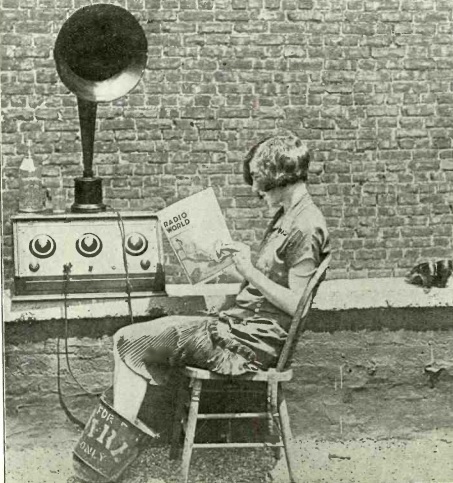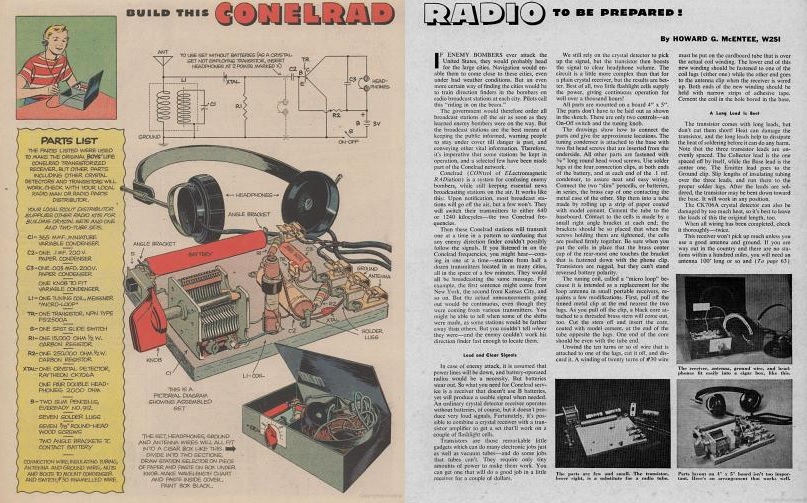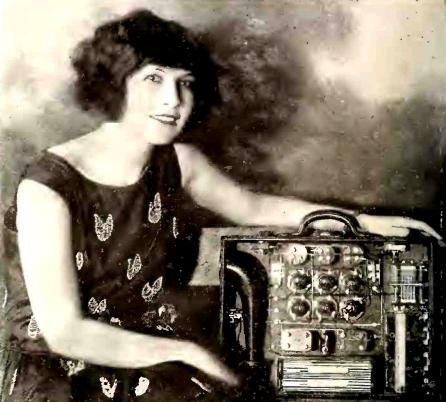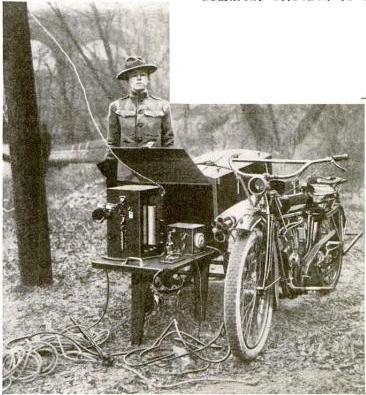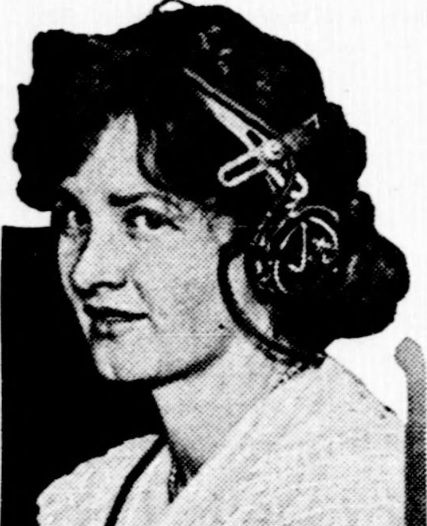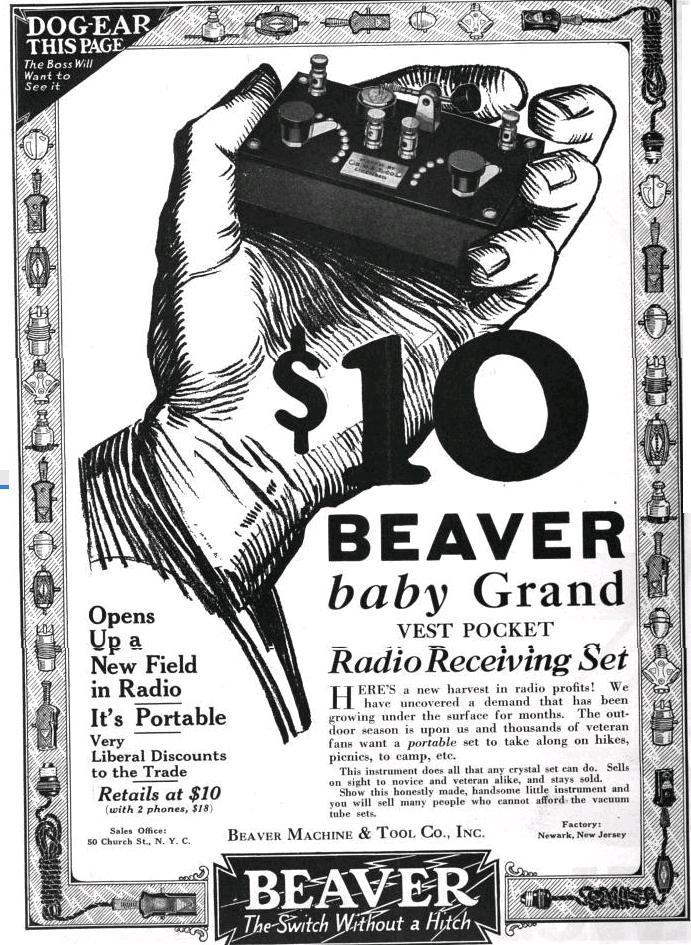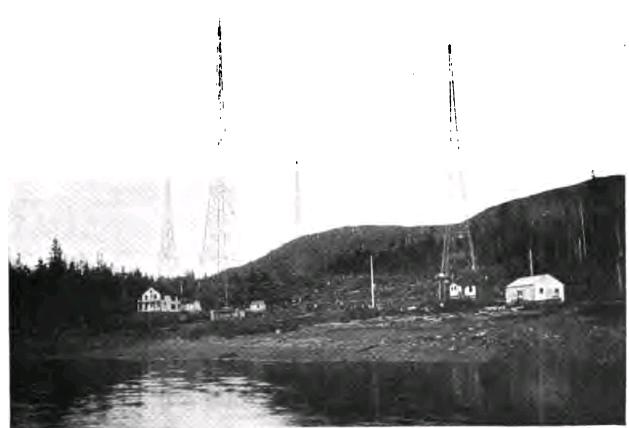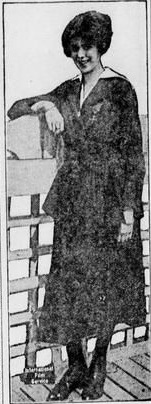 Normally on this page, we recognize the pioneers of wireless communications who facilitated the development of radio. We don’t normally recognize people who smashed radio equipment with an ax. But we make an exception in the case of a forgotten heroine of the First World War, Mlle. Marie Louise Gombier, a Belgian girl who bravely did her part to free her country from its German invaders.
Normally on this page, we recognize the pioneers of wireless communications who facilitated the development of radio. We don’t normally recognize people who smashed radio equipment with an ax. But we make an exception in the case of a forgotten heroine of the First World War, Mlle. Marie Louise Gombier, a Belgian girl who bravely did her part to free her country from its German invaders.
At the start of the war, two days before the Germans took Brussels, Mlle. Gombier along with two other girls escaped from a convent and fled to her father’s home at Dickenbusch Farm (Dikkebus) near Brussels. Unbeknownst to her, a German officer was billeted there, and there was a German wireless station installed there.
She awaited an opportunity to slip into the room with the wireless, and did so when the German soldiers had left it unattended. With a shoe, she managed to put the station out of commission, but repairs were effected within 48 hours.
Undaunted, she awaited another opportunity, which presented itself a few days later. Acting under direction of Belgian military authorities, she returned with an ax and completely destroyed the station. Unfortunately, the commotion didn’t escape the attention of the German soldiers, who caught her in the act. She was taken before the commanding officer, who ordered that she be shot as a spy.

Croix de Guerre. Wikipedia photo. This file is licensed under the Creative Commons Attribution-Share Alike 3.0 Unported license.
Fortunately, the officer billeted in the house intervened and commuted the sentence to imprisonment. She was imprisoned, but managed to escape five weeks later. She worked her way to the British lines, and attached herself to a Canadian unit, where she worked as a nurse until the end of the war.
During her work as a nurse, she was befriended by an American, Mrs. Lita Dowdy, a Y.W.C.A. worker from Los Angeles. At the conclusion of the war, Mrs. Dowdy adopted her, and she arrived in America on the French steamer La Lorraine in August 1919. She became a U.S. citizen in 1925.
Mlle. Gombier was awarded the Croix de Guerre with two palms by the Belgian government. Her home appears to have been near the location of the British Huts cemetery. Mlle. Gombier was reported as being 21 years old at the time of her arrival in New York, meaning that she would have been about 16 at the time she smashed the radio.
References
- Telegraph and Telephone Age, Sept. 16, 1919.
- New York Sun, Sept. 7, 1919.
- St. Charles (LA) Herald, Nov. 8, 1919.
- The Evening Caledonian (Vt.), Aug. 30, 1919.
- New York Tribune, Aug. 26, 1919.
- American Legion Weekly, Sept. 5, 1919.
- Wireless Age, Oct. 1919.
Click Here For Today’s Ripley’s Believe It Or Not Cartoon 
![]()

